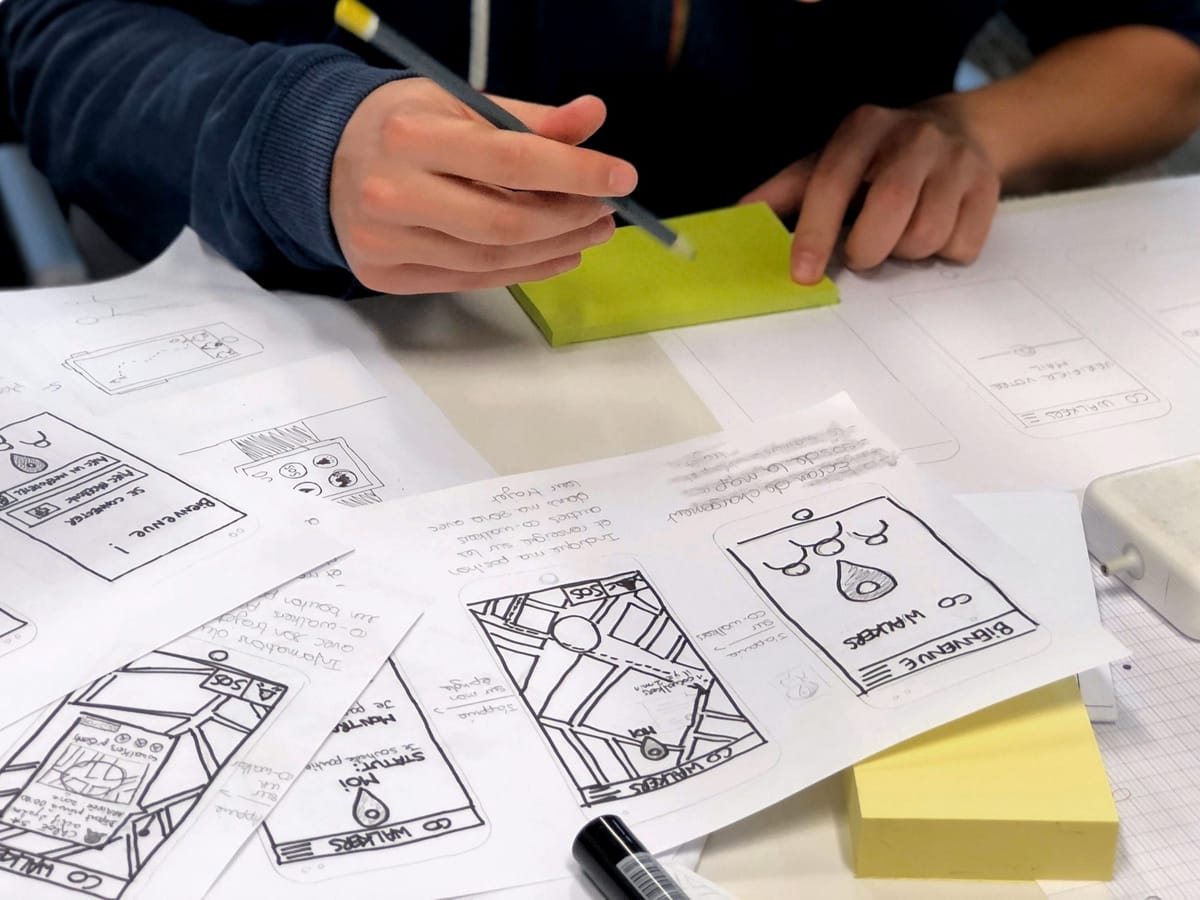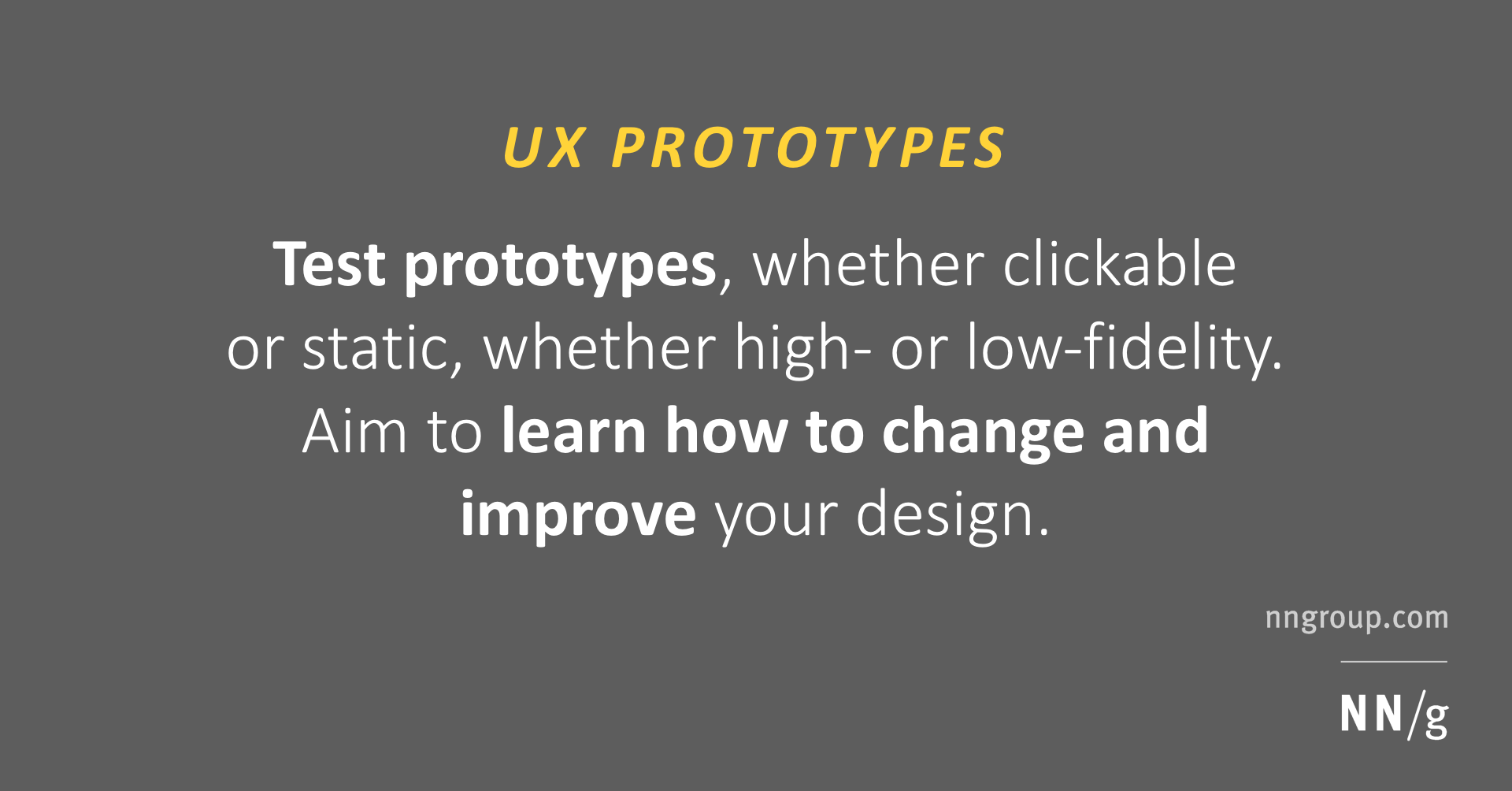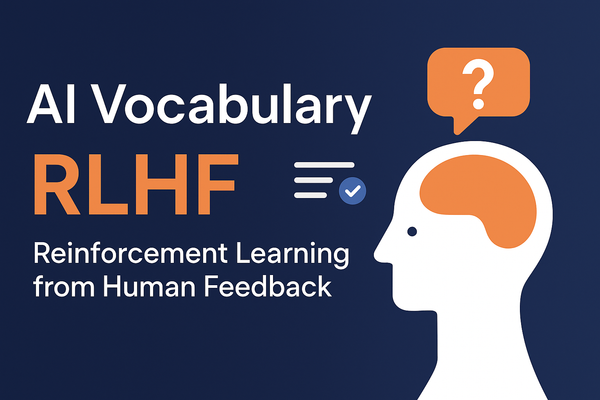The "Lovable" trap

Prototype meets vibe coding
The name Lovable gives off design vibes, but that’s not the story here, and let’s set the record straight: Lovable.dev is not a design showcase. It’s a “vibe-coding” tool that takes your plain prompts and generates a fully functional app, including front-end, back-end, database, and Git-ready code. So, why aren't all the design community members on the hype train? Well, let's start with the allure of not making cocreation.
The allure of Lovable.dev
Something is alluring about prompting and typing, “Make me a todo app,” and having a working app appear moments later, complete with deployment. That’s what I think is the real magic of Lovable: it sells the form substance, not just the shell. It’s not just visual fluff; it’s actual code.
We’re not alone in seeing this. Investors see it too. Lovable (a proud Swedish innovation) zoomed from zero to hundreds of millions in ARR and is now valued at over a billion dollars in just months.

However, and this is a big but, even though Lovable and apps like it deliver substance faster. Sometimes that substance still needs refinement. Think of it as a rough sketch that works, but hasn’t been smoothed, styled, or stress-tested. And hey, let's shift the spectrum, maybe there are cases where the fastest, sleekest way to get an app running isn't the best one.
Why I think low-fi wins: failing to learn
First of all, it goes without saying that there are different use cases for the various tools available. And I, for one, love the idea of more user-friendly tools that lower the bar and entry point to design and creation. But still (here is the but). Here’s the paradox: even with powerful AI tools, sometimes low-fidelity prototypes are still smarter than high-fidelity blitzes. And I would argue even better in some use cases where people are beginning to feel the need for high-fidelity testing.
The Interaction Design Foundation says low-fi prototypes let you test ideas quickly and cheaply—crucial during early stages to validate concepts and spot big mistakes before you get attached. On that note, even the Nielsen Norman Group points out that with lo-fi, you can pivot on the fly during testing. Plus, testers feel less judged. You’re clearly still in a draft territory. So feedback is more honest. As a UX major, I love user feedback. An honest one to add on that, that gets me hooked.
For inspiration


The Real Trade-Off
Yes, Lovable.dev builds real code, let's not deny that. But for most use cases, that's more like a rough draft than a final manuscript. It gives you speed, but not necessarily clarity. To add on, that function is not always usable, and knowing what and why you create is half the battle.
That’s why I am of the opinion that smart teams still start with low-fi wireframes, sketches, conversation flows, and only then ask Lovable for a scaffold. By layering substance over solid validation, you build something not just lovable, but lasting.







